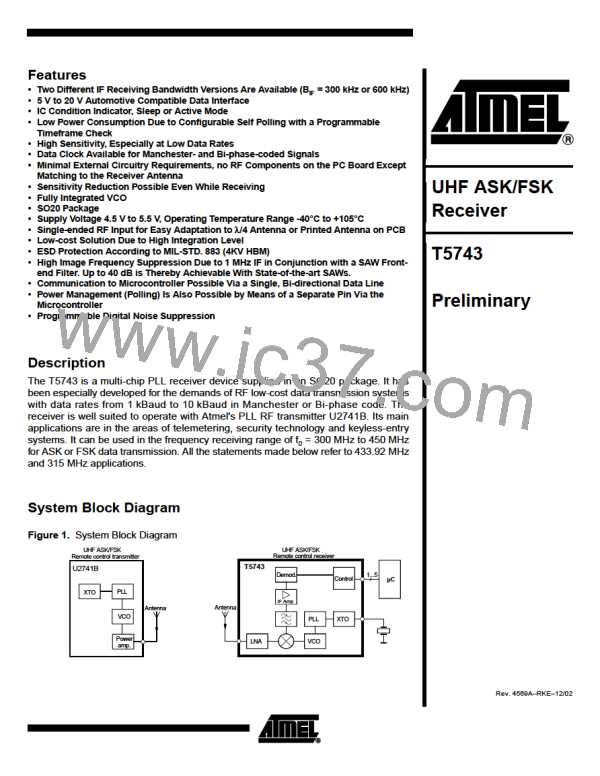Table 4. Effect of the Configuration Words Within the Registers
Bit 1
Bit 2
Bit 3
Bit 4
Bit 5
Bit 6
Bit 7
Bit 8
Bit 9
Bit 10
Bit 11
Bit 12
Bit 13
Bit 14
Bit 15
OFF-command
1
OPMODE register
Modu-
lation
X
Noise
BR_Range
NBit-check
BitChk1 BitChk0
Sleep
Sleep Suppression
0
1
0
ASK/_
FSK
Noise_
Baud1
0
Baud0
0
Sleep4 Sleep3 Sleep2 Sleep1 Sleep0 XSleepStd
Disable
1
Default values
of Bit 3...14
0
1
0
0
0
1
1
0
0
LIMIT register
Lim_min
Lim_max
0
0
0
Lim_
min5
Lim_
min4
Lim_
min3
Lim_
min2
Lim_
min1
Lim_
min0
Lim_
max5
Lim_
max4
Lim_
max3
Lim_
max2
Lim_
max1
Lim_max0
1
Default values
of Bit 3...14
0
1
0
1
0
1
1
0
1
0
0
Table 5 to Table 12 illustrate the effect of the individual configuration words. The default
configuration is highlighted for each word.
BR_Range sets the appropriate baud-rate range and simultaneously defines XLim.
XLim is used to define the bit-check limits TLim_min and TLim_max as shown in table 11 and
table 12.
Table 5. Effect of the Configuration Word BR_Range
BR_Range
Baud1
Baud0
Baud-Rate Range/Extension Factor for Bit-Check Limits (XLim)
BR_Range0 (application USA/Europe: BR_Range0 = 1.0 kBaud to
1.8 kBaud) XLim = 8 (default)
0
0
BR_Range1 (application USA/Europe: BR_Range1 = 1.8 kBaud to
3.2 kBaud) XLim = 4
0
1
1
1
0
1
BR_Range2 (application USA/Europe: BR_Range2 = 3.2 kBaud to
5.6 kBaud) XLim = 2
BR_Range3 (application USA/Europe: BR_Range3 = 5.6 kBaud to
10 kBaud) XLim = 1
Table 6. Effect of the Configuration Word NBit-check
NBit-check
BitChk1
BitChk0
Number of Bits to be Checked
0
0
1
1
0
1
0
1
0
3 (default)
6
9
24
T5743
4569A–RKE–12/02

 ATMEL [ ATMEL ]
ATMEL [ ATMEL ]